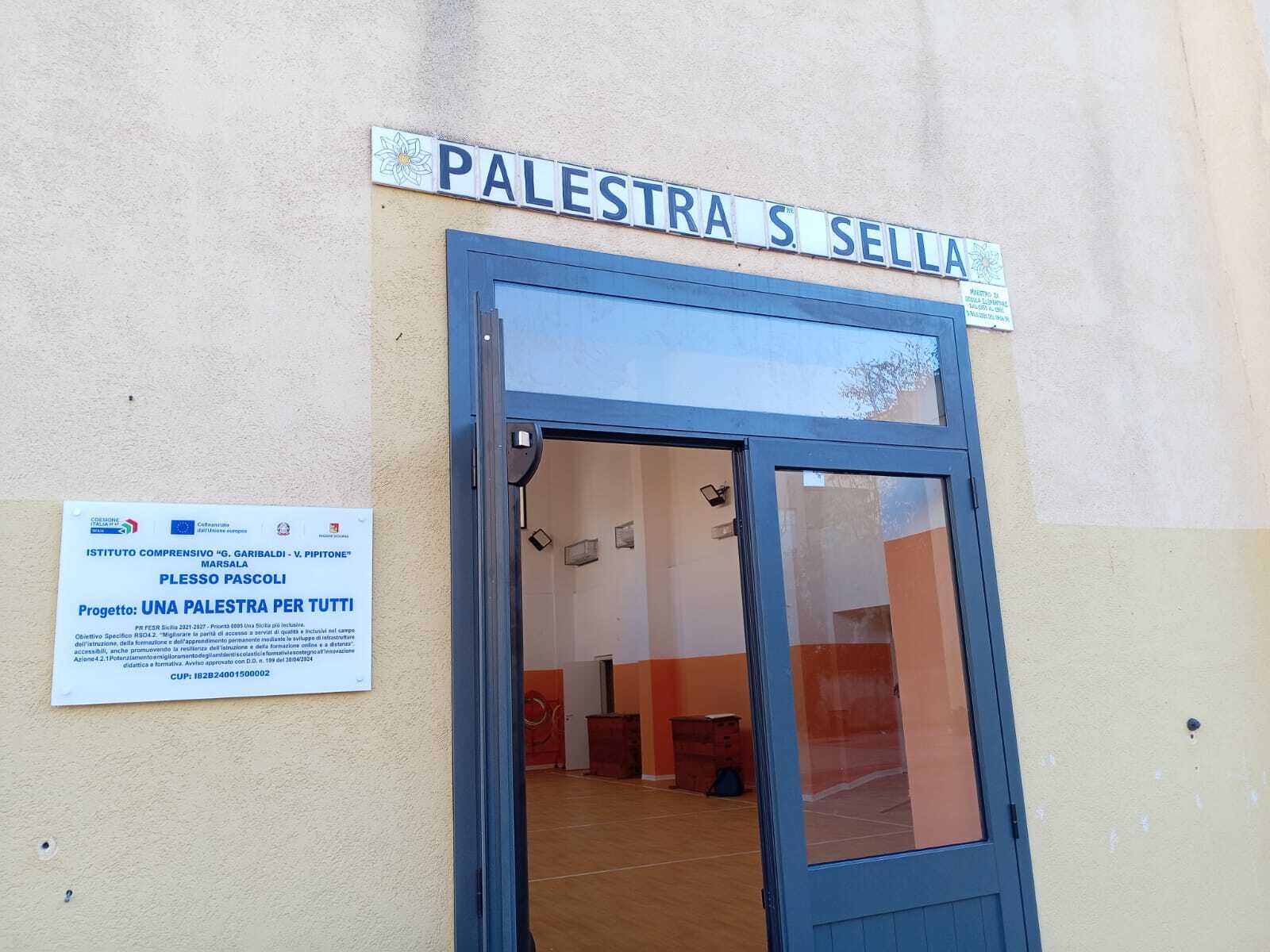When rain falls in Sicily, flooding is almost a certainty. According to Legambiente's "CittàClima" report, the island claims the unfortunate first place for extreme weather events in Italy. The association recorded 684 instances of flooding and 86 landslides due to floods across the nation since 2010, with Sicily leading in flooding caused by intense rainfall, accounting for 86 cases in the last 14 years. Following closely are Lazio (72 cases), Lombardy (66), and Emilia–Romagna (59). Additionally, Sicily ranks second for river overflow incidents, with 18 events recorded, compared to Lombardy's 30 and Emilia-Romagna's 25.
Climate Change Impact:
The increase in storms, marked by increasingly frequent record-breaking precipitation, stands among the primary consequences of global warming. Legambiente notes that the warming of air and sea waters leads to more moisture retention, resulting in clouds with a greater number of larger raindrops. The winter of 2021-22, declared one of the most extreme by the Italian Meteorological Society in terms of heat and precipitation deficits, underscores the ongoing effects of climate change.
National Risk and Response:
Italy remains a country with high hydrogeological risk, as per the Institute for Environmental Protection (Ispra). Approximately 1.3 million citizens reside in areas defined as high-risk for landslides and landslips, and over 6.8 million people are at least moderately at risk of flooding. Nearly 94% of municipalities and almost four out of a hundred buildings face a high risk of landslides, while 4.3% of constructions are at risk of flooding.
Human Impact and Urbanization:
Beyond climate change, the report emphasizes the role of soil consumption, highlighting human activity. Overbuilding in unsuitable and hazardous zones, such as riverbanks and steep slopes, exacerbates the vulnerability. The report laments that there is no part of Italy's territory that does not contend with intrinsic fragility.
Insufficient Remedies:
Despite efforts in prevention, the numbers indicate an increased hydrogeological risk in Italy over the years. Legambiente criticizes the inadequacy of measures, asserting that the surrounding conditions have worsened, rendering the completed works less effective.
Call for Action:
Stefano Ciafani, the national president of Legambiente, emphasizes the urgent need for prevention, especially in areas like the South, where climate emergencies compound pre-existing risks. The report criticizes the government's decision, under Prime Minister Meloni, to halve the funds allocated to combat hydrogeological instability in the National Recovery and Resilience Plan (Pnrr). Legambiente calls for the final approval of the National Plan for Climate Change Adaptation, financial commitments for its implementation, and the enforcement of laws against soil consumption. The organization advocates for the reopening of canals and rivers previously covered and urges the government to prioritize long-awaited legislation to halt soil consumption.

 Sezioni
Sezioni















